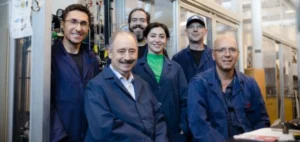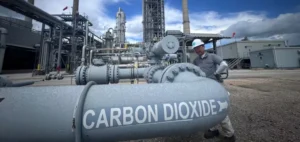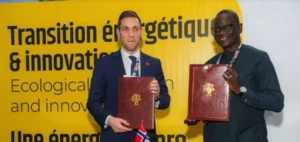Aker ASA has reached an agreement to acquire the 20% ownership interest held by Aker Carbon Capture ASA in the SLB Capturi joint venture, as part of a broader plan to return capital to shareholders and liquidate the company. The transaction, announced on May 9, values Aker Carbon Capture at NOK1.83bn ($169mn), representing a 15% premium over the previous day’s closing price.
A buyout to unlock immediate liquidity
Under the terms of the deal, Aker, through its subsidiary ACC HoldCo, will pay NOK635mn ($58.5mn) in cash to acquire the stake from Aker Carbon Capture AS, a subsidiary of Aker Carbon Capture ASA. The sale is the central component of a strategy approved by the board of directors to release liquidity and accelerate capital distribution to shareholders.
Following the transaction, the board will propose a special dividend of approximately NOK1.7bn ($156mn), or NOK2.86 per share. This amount includes the company’s existing cash and the proceeds from the sale to Aker. An extraordinary general meeting is scheduled for May 15 to vote on these measures.
Full dissolution expected by end of 2025
The transaction also includes a guarantee from Aker Capital AS to cover Aker Carbon Capture’s commitments related to the SLB joint venture. This guarantee enhances the distributable reserves and facilitates the execution of the strategic plan.
Once the dividend has been paid, the board will propose the full liquidation of Aker Carbon Capture. The process will involve the distribution of any remaining funds as liquidation dividends. A dedicated general meeting will be called before the end of the year to address this.
Strategic refocus on SLB Capturi
SLB Capturi, a joint venture formed by SLB (formerly Schlumberger) and Aker, is focused on industrial decarbonisation. The transaction strengthens Aker’s industrial position in the venture while bringing an end to Aker Carbon Capture’s role as an independent entity.
“This transaction provides shareholders with early access to capital—two years ahead of the original timeline,” said Karl Erik Kjelstad, Chairman of Aker Carbon Capture. “It reflects a clear intention to realise value in a volatile market environment.”
Aker ASA President and Chief Executive Officer Øyvind Eriksen stated that the deal “offers a clear and constructive path forward for our continued strategic collaboration with SLB in developing SLB Capturi.”






















